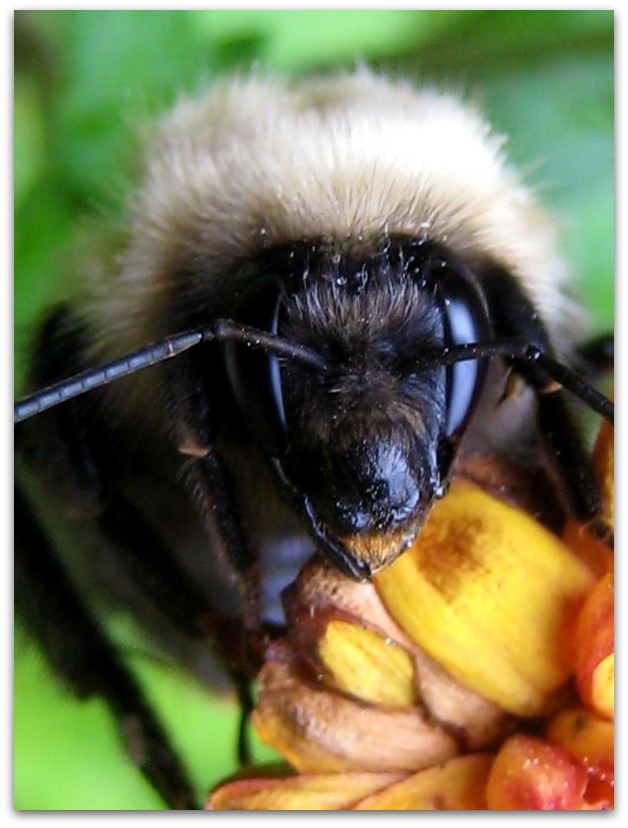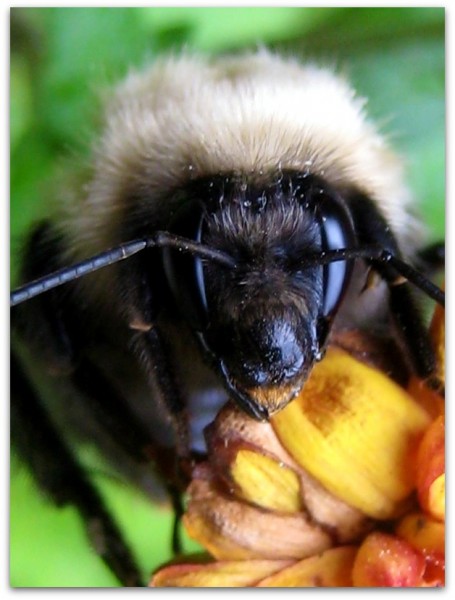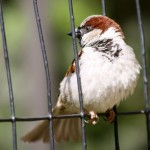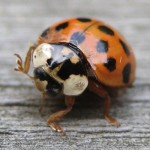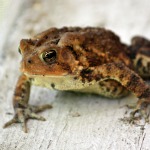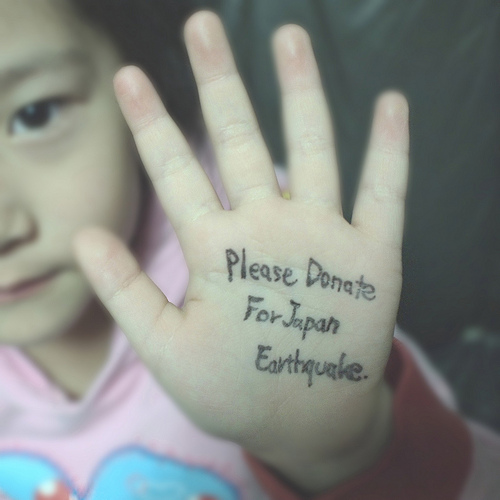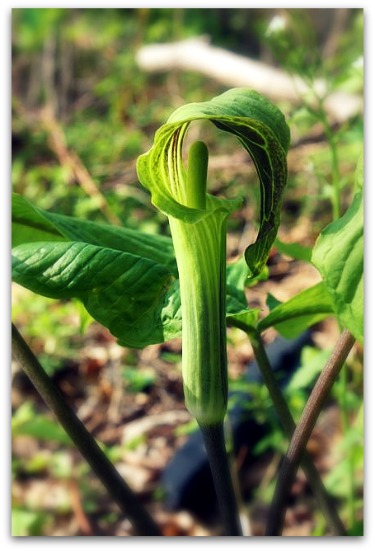
Wilderness is a necessity… They will see what I meant in time.
There must be places for human beings to satisfy their souls.
Food and drink is not all. There is the spiritual.
In some it is only a germ, of course, but the germ will grow.
-John Muir
I just told Washington DC that I’LL KEEP IT WILD WITH BETTY!
I pledge to “Keep it Wild” for future generations.
Beginning right now — in the face of Congressional leaders who may be ambivalent about protecting wilderness — I will become an even stronger voice and advocate for our last great wild places with Betty White and other members of The Wilderness Society.
I will use my influence with my friends and family to keep them aware of the damage being done to our public lands and wild places. And I will use the power of my actions with The Wilderness Society to encourage elected officials in Washington DC to introduce, sponsor or support conservation efforts that come up before Congress — to establish new parks, monuments, wilderness and heritage areas, support water supply and conservation projects and protect key rivers, and improve the management of America’s public lands.
My individual actions, when multiplied by over 500,000 active Wilderness Society supporters, will make a difference. Together, by honoring this pledge, we can make sure that future generations can grow up in a society that protects and treasures its wilderness, wildlife and waterways.
Sincerely,
Robin Elton
simplegreenorganichappy.com
————————————————————————————————————-
I freaking hate the idea that we have to band together to advocate for preserving wild spaces.
I am baffled by the idea that there are people who don’t instinctively feel that wilderness is important. That we can continue to encroach upon nature, to pollute and ruin and ravage our natural resources, without consequences for future generations.
It makes me sick that maybe some people just don’t care. How? How do you live your life? What do you love? It’s not a rhetorical question. I just don’t understand.
I do understand that these people exist, and that they wish I and people like me would just shut up.
Too bad.
————————————————————————————————————
Help protect our wilderness for our children, and our children’s children. Once it’s gone, it’s gone. You can’t make wilderness.
I’ve never seen a redwood tree. I’ve never been in the mountains. I’ve never searched for hidden treasures in a tide pool, ridden in the Grand Canyon, or camped in the Everglades. But I want to someday.
And even if I never make it to any of those places? It does something good for my soul just to know they exist. That if I wanted, there is a place for me to get away and stand in awe of creation and the universe.
The pledge? The pledge is nice. I like being on the same team as Betty. I like adding my voice to the chorus, and I hope there is strength in numbers. But mostly, the pledge reminds me of my commitment, and my passion; and strengthens my resolve to keep on traveling down the road and back again.
Feel the same? Sign the pledge to Keep It Wild with Betty.

